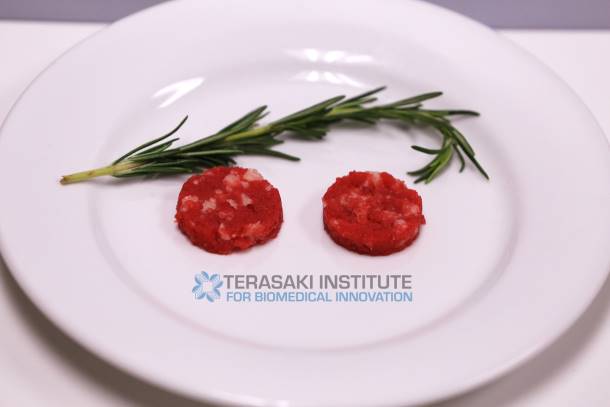April 26, 2021
Methods allow for localized, controlled and sustained delivery of chemo and immunotherapeutic drugs
(LOS ANGELES) – The National Institutes of Health has awarded a $2.5 million grant to the Terasaki Institute for Biomedical Innovation (TIBI). The grant will be used to develop innovative drug delivery methods to treat liver cancer. TIBI, a leader in the field of bioengineering and personalized healthcare solutions, will draw upon their extensive experience with biomaterials to create more effective ways to target and destroy tumor cells.
Worldwide, cancer is among the leading causes of death. In the United States, it accounts for one in four deaths, exceeding half a million annually. Among those cancer-related deaths, liver cancer ranks sixth, and its occurrence has risen 4% in the last ten years. In addition, liver cancer has a five-year survival rate of only 9% for regional types and 3% for metastatic forms. In some cases, liver tumors may be surgically removed, but this is not always possible. Liver transplantation is presently the best hope for patients, but there is a huge shortage of suitable donor livers available.
Outside of transplantation, the current gold standard for treating liver cancer patients is with systemic chemotherapy. However, this method has significant shortfalls. Systemic chemotherapy does not specifically and quantitatively deliver anti-cancer drugs precisely to the liver tumors. Moreover, this method often results in toxicity to the non-cancerous liver tissue surrounding the tumors, as well as systemic side effects which cause great pain and discomfort to the patient.
Another method, commonly used to treat hepatitis patients who develop liver cancer, is trans-arterial chemoembolization, or TACE. In this technique, small particles are delivered through a catheter into an artery that is directly supplying a tumor. The particles block the artery and restrict tumor growth. Concurrently, the particles may serve as anti-cancer drug delivery vehicles which precisely target the tumor cells; the restricted blood flow caused by the vessel blockage also serves to concentrate the drug around the tumor.
The addition of chemotherapeutic drugs to the tumor site may not be enough, however, to destroy malignant tumor growth. These types of tumors exhibit unrestricted growth because they have found ways to suppress the body’s normal immune response system. Immunotherapeutic drugs can reverse this suppression and reinstate the body’s natural immune defenses to destroy tumor cells and inhibit their growth.
The TIBI researchers’ work will fully address the challenges involved in liver cancer treatment. They will develop an improved TACE method for more effective, controllable, and sustained drug delivery, as well as embolization of tumor cell vasculature. And the combinatory effects of using both chemo and immunotherapeutic drugs to destroy the tumor cells will take full advantage of the improved TACE procedure.
“Our proposed methods represent a groundbreaking advance in the field of liver cancer treatment,” said Dr. Khademhosseini. “It has the potential for generalization to many other types of cancer where localized embolization and drug delivery are required.”








